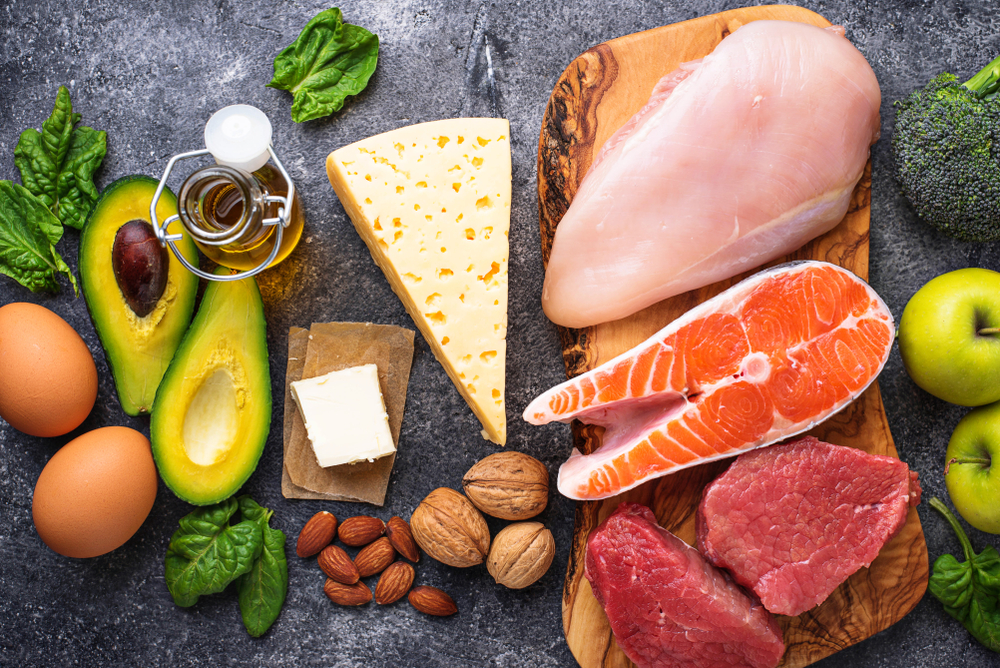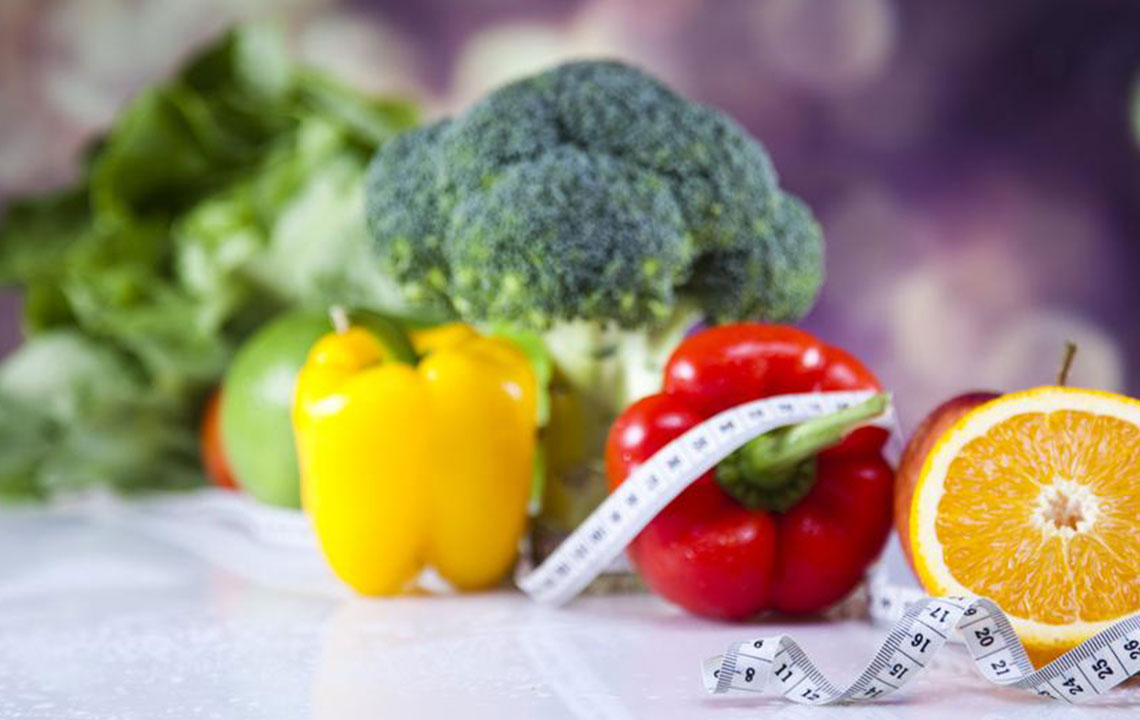The Ultimate Guide to the Low-Carb Atkins Diet: Stages, Foods, and Tips for Success
This comprehensive guide explores the Atkins diet, detailing its four progressive phases, recommended foods, and practical tips for achieving effective weight loss and improved health. Learn how to transition smoothly between stages, choose low-carb foods wisely, and sustain your results long-term with adaptable dietary strategies tailored to your lifestyle.

The Ultimate Guide to the Low-Carb Atkins Diet: Stages, Foods, and Tips for Success
In the pursuit of effective weight management and improved overall health, many individuals turn to structured dietary plans that focus on carbohydrate reduction. Among these, the Atkins diet stands out as one of the most popular low-carb eating plans. Designed to promote fat burning, boost energy levels, and support sustainable weight loss, the Atkins diet emphasizes carefully controlled carbohydrate intake distributed over several progressive phases. Understanding these stages, selecting suitable foods, and maintaining proper hydration are crucial elements for success on this diet. This comprehensive guide explores the four main phases of the Atkins diet, highlights recommended foods, and provides practical tips to help you achieve your health and fitness goals.
Understanding the Phases of the Atkins Diet
Phase 1: Induction — Jumpstarting Fat Loss
Often referred to as the induction phase, this initial stage aims to trigger rapid weight loss by drastically restricting carbohydrate intake. During induction, daily carbohydrate consumption is limited to under 20 grams. To give context, this is roughly equivalent to a small serving of berries or a couple of leafy greens. This low level of carbs prompts your body to enter a state called ketosis, where it begins to burn stored fats for energy instead of glucose derived from carbs.
During the induction phase, the body makes a metabolic shift, beginning to burn fat more efficiently. This results in rapid weight loss, often noticeable within the first two weeks. Such a transformation can initially cause mild feelings of hunger or cravings as the body adapts, but as fat becomes the primary fuel source, energy levels tend to stabilize. Hydration is particularly important in this phase; drinking plenty of water helps flush out toxins and minimizes common side effects like the "keto flu," which includes symptoms like fatigue and headaches.
Phase 2: Balancing — Reintroducing Carbohydrates Gradually
Once initial fat loss is underway, the diet transitions into the balancing phase. Here, carbohydrate intake begins to increase slowly, allowing for the inclusion of more varied foods such as berries, melons, and small amounts of full-fat dairy products, including cottage cheese and yogurt. This phase helps to establish a sustainable eating pattern by finding the right carbohydrate level that promotes continued weight loss or maintenance without regaining lost weight.
To facilitate this process, you add about five grams of carbs daily each week, gradually expanding your intake. Typical weekly carb limits evolve as follows: from 20-25 grams during week one, progressing to approximately 30 grams in subsequent weeks. This gradual adjustment prevents sudden metabolic disturbances, provides flexibility, and helps you understand your body's response to different foods. Tracking your progress with a food diary can be beneficial in this phase to identify the carbohydrate levels that work best for you.
Phase 3: Pre-Maintenance — Fine-Tuning and Reintroducing Carbohydrates
As weight stabilizes, the pre-maintenance phase focuses on carefully reintroducing small amounts of starchy vegetables, grains, and fruits. This period is vital for discovering your personal carbohydrate tolerance. For example, you might add half a small sweet potato or a slice of whole-grain bread to your meals, monitoring how your body responds. The goal is to build a flexible, long-term healthy eating pattern that supports ongoing weight management and overall wellness.
Phase 4: Maintenance — Achieving Long-Term Success
The final phase is about maintaining your target weight and adopting a balanced, sustainable lifestyle. In this stage, carbohydrate intake stabilizes at a level that keeps you in ketosis or a healthy metabolic state, typically around 30 grams daily, but this can vary among individuals. Emphasis remains on whole, unprocessed foods, regular physical activity, and hydration to support continued health and weight stability. Consistency in food choices and portion control are key to long-term success.
Essential Low-Carb Foods for the Atkins Diet
Seafood: Rich in healthy fats, essential vitamins like vitamin D, and minerals such as iron and potassium. Regularly include 4-6 ounces of salmon, trout, cod, or flounder for optimal benefits.
Shellfish: Oysters, mussels, clams, crabs, and squids are excellent sources of omega-3 fatty acids and vital minerals. Keep servings to 3-4 ounces, especially for higher-carb shellfish like oysters and mussels.
Meat and Poultry: Focus on fresh, unprocessed options like beef, chicken, turkey, lamb, duck, and bacon. These provide high-quality protein necessary for muscle maintenance and overall health. Limit processed meats that may contain added preservatives and sodium.
Eggs: Easily prepared in multiple styles—boiled, scrambled, poached, or fried—eggs are a nutrient-packed protein source supporting satiety and energy.
Healthy Oils: Incorporate 2-4 tablespoons of olive oil, sesame oil, or walnut oil in your cooking or dressings. Other options include butter, canola, soybean, safflower, and grapeseed oils, which offer healthy fats beneficial for your heart and metabolism.
Low-Carb Vegetables: Green leafy greens, broccoli, asparagus, zucchini, cauliflower, and salad greens are staples that add fiber, vitamins, and minerals without significant carbs.
A Sample Day on the Atkins Diet
Breakfast: A cheesy omelet with spinach, asparagus, cooked in olive oil
Lunch: Stir-fried chicken salad with nuts, cucumber, and greens
Snacks: Boiled eggs, Greek yogurt, or a handful of nuts
Dinner: Lamb chops or meatballs served with sautéed asparagus in healthy fats
Adopting the Atkins diet involves a focused approach to eating, emphasizing high-quality proteins, healthy fats, and low-carbohydrate vegetables. While it can effectively promote fat loss and improve metabolic health, consulting with a healthcare professional or registered dietitian is advisable before making significant dietary changes. Tailoring the diet to your individual needs ensures safety and optimal results.





